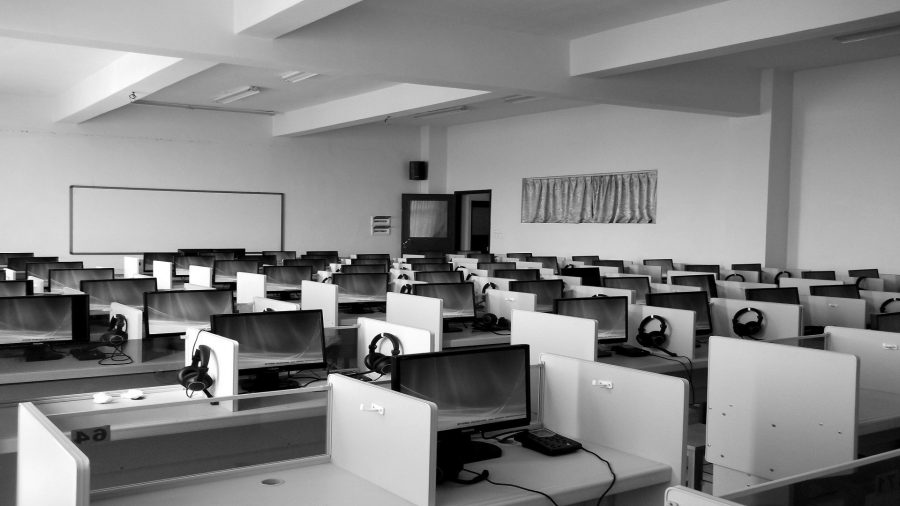Social distancing has turned our lives upside down and at short notice businesses adapted to remote working, moving office life into the home.
Some are beginning to speculate that this could spell the end of offices, but many people are still hopeful of a return to normality. Home working has benefits for some types of businesses; but, for most, the office still serves a valuable purpose as the heart of an organisation, especially for company culture. In Edinburgh city centre alone, there are still requirements totalling up to 500,000 sq. ft. of office space – while some of these deals have been put on hold, some are still happening and only a few have been shelved altogether since lockdown began.
That said, social distancing measures will likely have a significant impact on the way offices function in the months ahead. While there is no one-size-fits-all approach, both landlords and occupiers need to consider how the office environment will evolve, particularly over the long-term with flexibility being key.
Practical measures to promote social distancing
Most offices, and especially open-plan spaces, will likely see a significant shift in the number of people who can work there at one time. Space requirements are usually determined using a ratio that allocates around 100 sq. ft. per person, but in order to ensure workers have the recommended 2 metres of separation, this guideline is already being increased to around 160 sq. ft.
Before any employees return to the office, occupiers and landlords will need to get together and work out the practicalities, ensuring communal areas, meeting rooms and reception spaces have adequate signage and hygiene measures in place.
New working patterns
While some organisations had previously championed flexible working, Covid-19 forced others to make a big shift in a matter of days. A return to the office in some form may be on the horizon, but the need for more agile working is expected to continue with many employees continuing to work from home – at least for a proportion of the week.
Most organisations will likely find it difficult to have the entire workforce in the office at one time, which means we could see new working patterns emerge. That might mean, for example, teams checking in face-to-face a couple of times per week, instead of spending 40 hours based in the office.
Increased demand for out of town offices
While requirements may change, we expect the overall demand for office space to continue, particularly in the short-term as some businesses look to acquire extra space to support social distancing measures. However, it is likely that there may be a shift in focus towards locations on the outskirts of towns and cities. The current situation has highlighted that remote working could be the way forward, with video calls replacing face-to-face meetings, therefore reducing the need for a large physical presence in city centres.
City centre offices also tend to lack car parking space meaning many employees rely on public transport for making their way to and from the office. The pandemic has influenced collective attitudes towards transport, with people looking to reduce the amount of time spent on public transport and while there are obvious environmental concerns, the availability of car parking could factor into more businesses’ decision-making and make out of town offices more attractive.
Entire companies under one roof
Tools such as Zoom and Microsoft Teams, now adopted en masse, have shown employers that it is no longer critical to have the entire business working under the same roof. As well as a rise in home working, there may also be a move towards allowing people to work closer to home – whether that’s in a co-working space, café or one of many smaller, satellite offices.
For landlords, businesses adapting to the ‘new normal’ will likely mean some changes to the types of office space they require. This may see a greater demand for smaller amounts of serviced office space and a shift away from leasing entire buildings to a single occupier.
The situation is changing all of the time, but what’s clear is there are big changes ahead for landlords and occupiers alike. Remote working and social distancing are likely to underpin every aspect of businesses’ return to office work for the foreseeable future and, while some staff will eventually return to a physical workplace, it’s unlikely to look and feel the same as it did at the beginning of the year.







